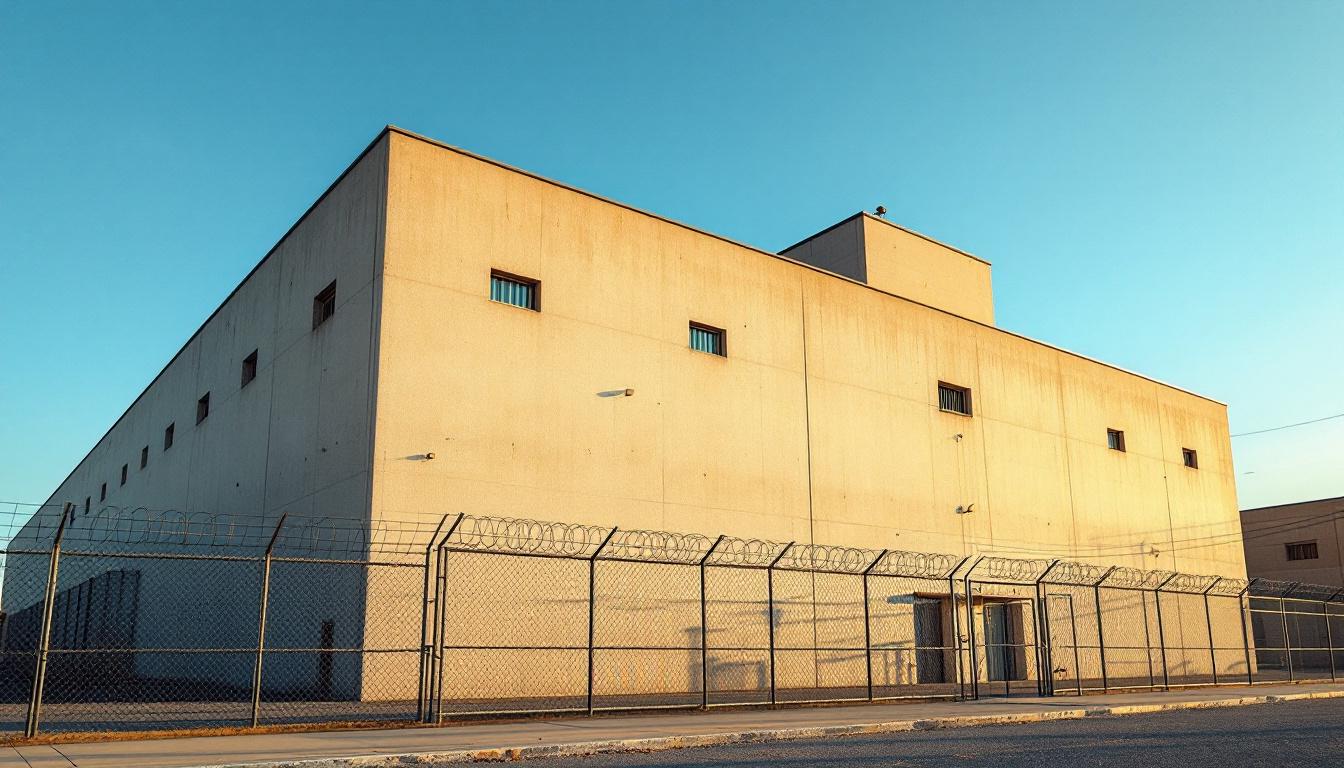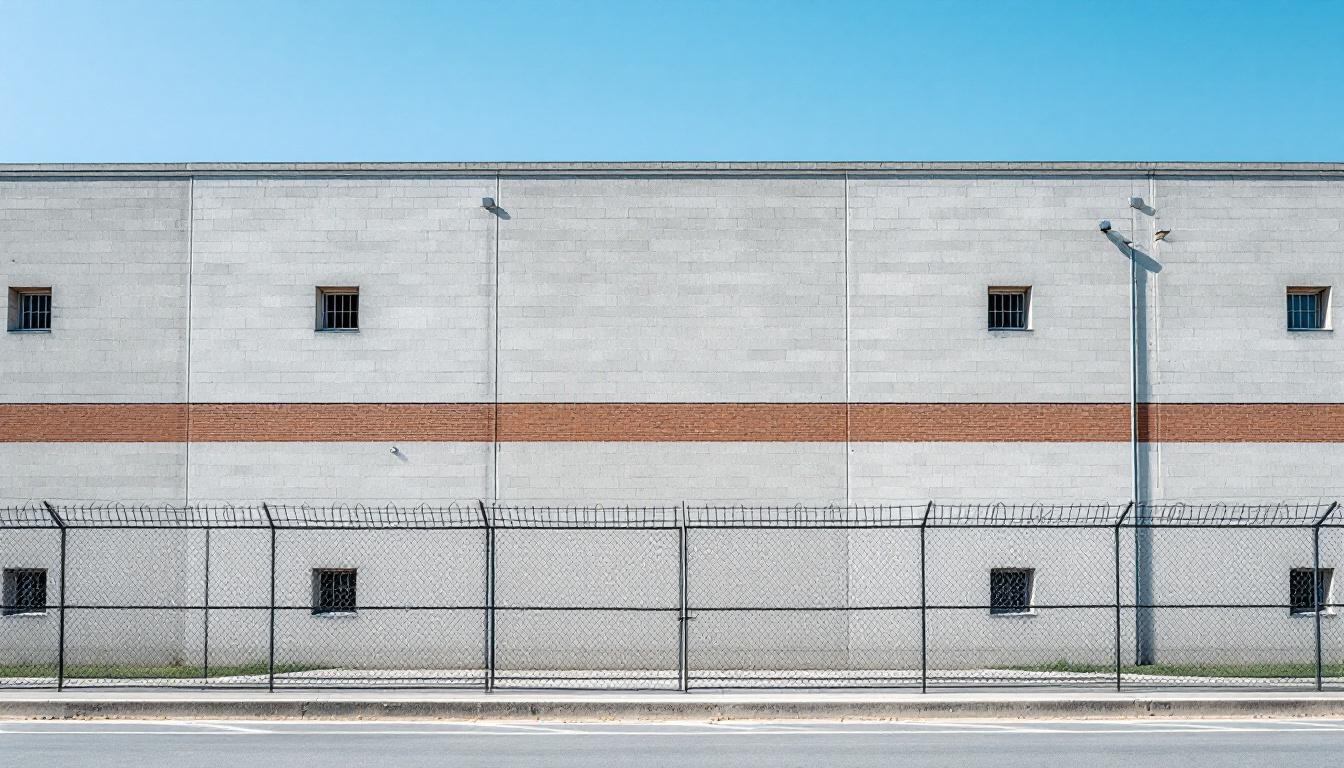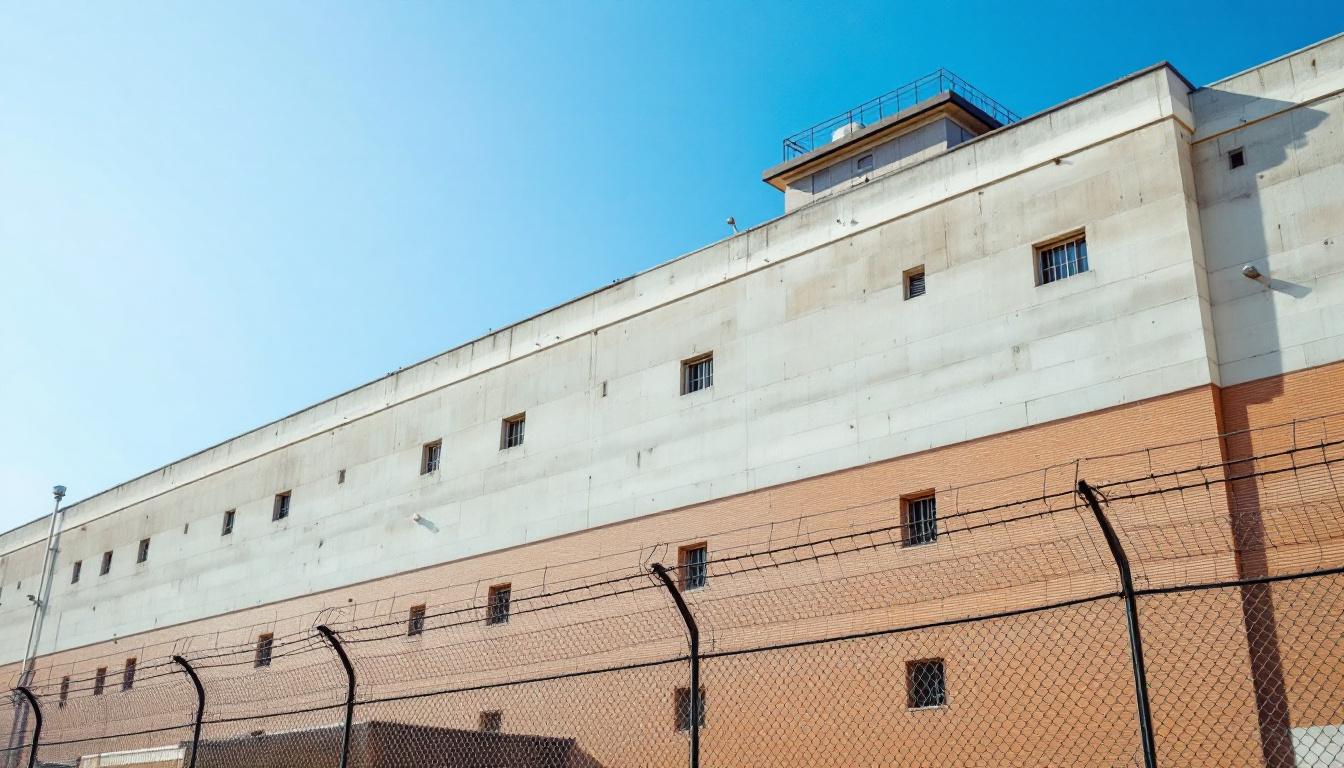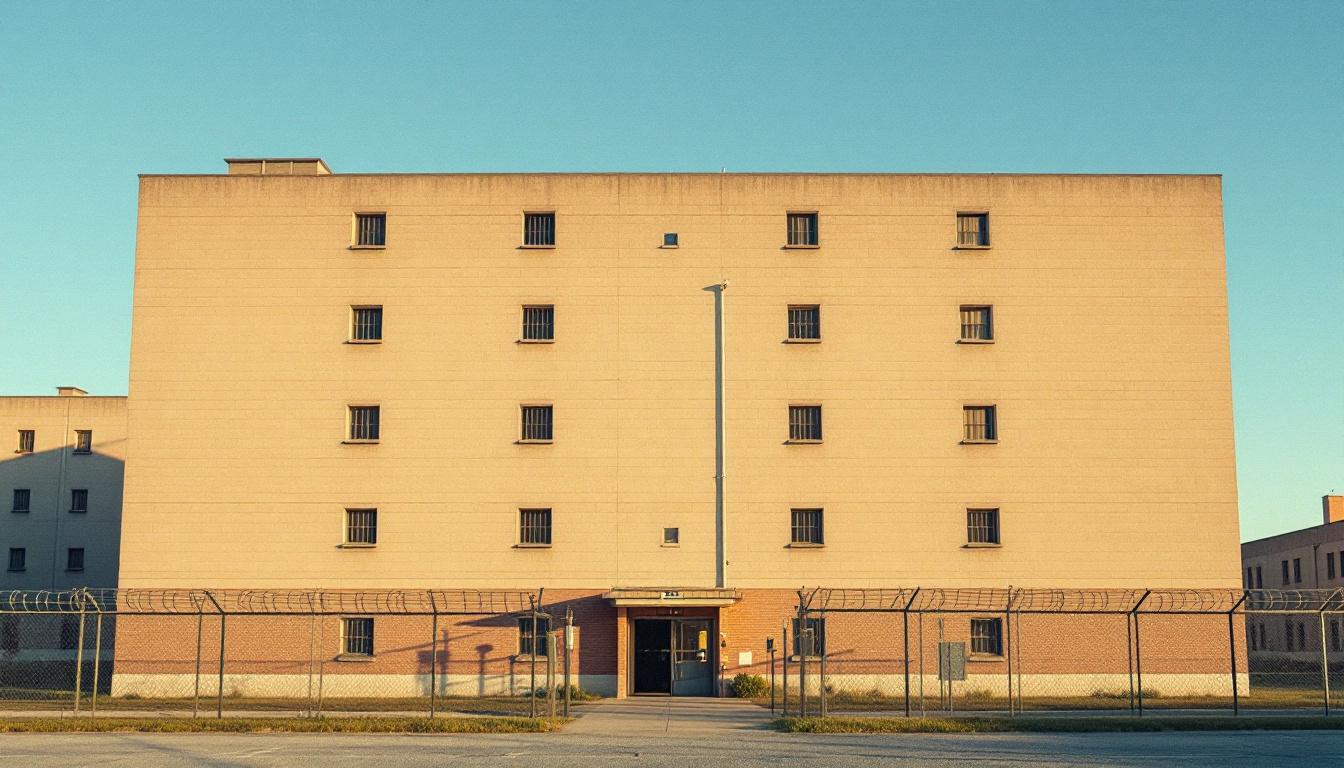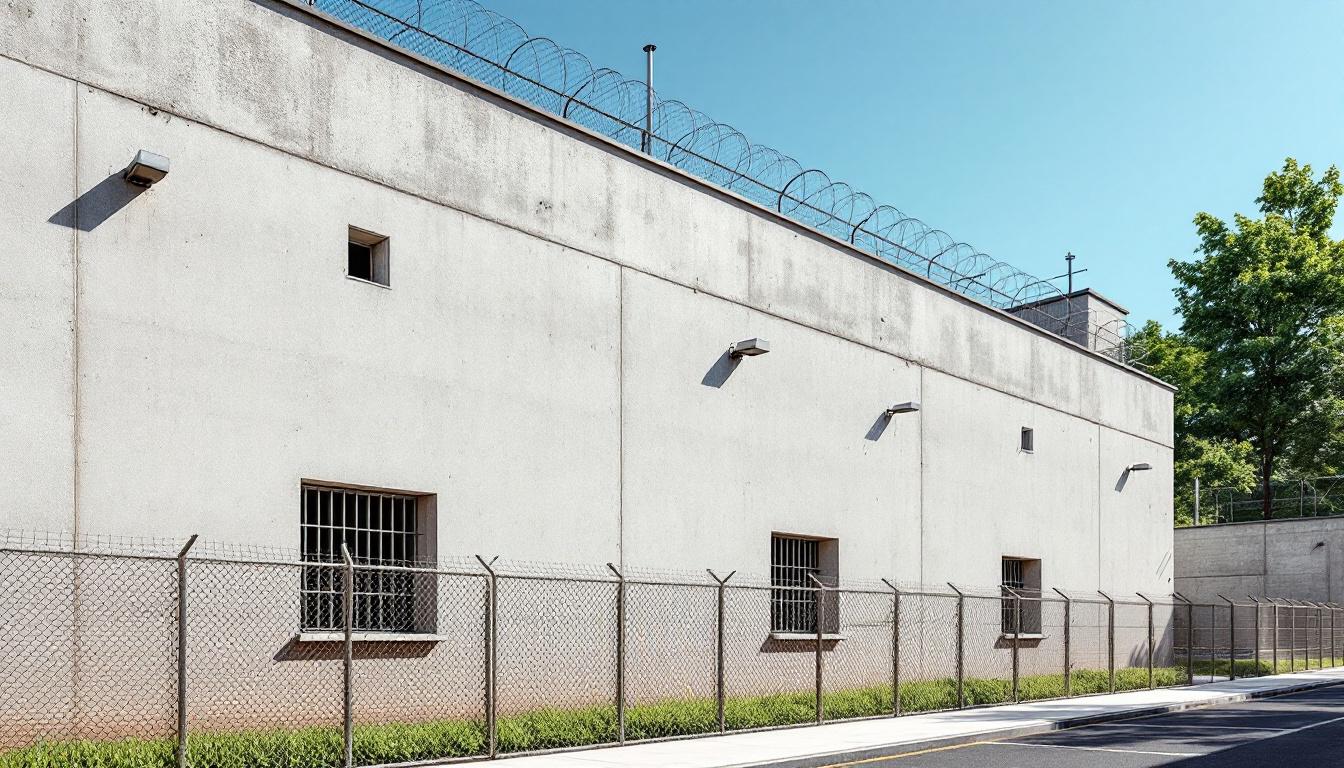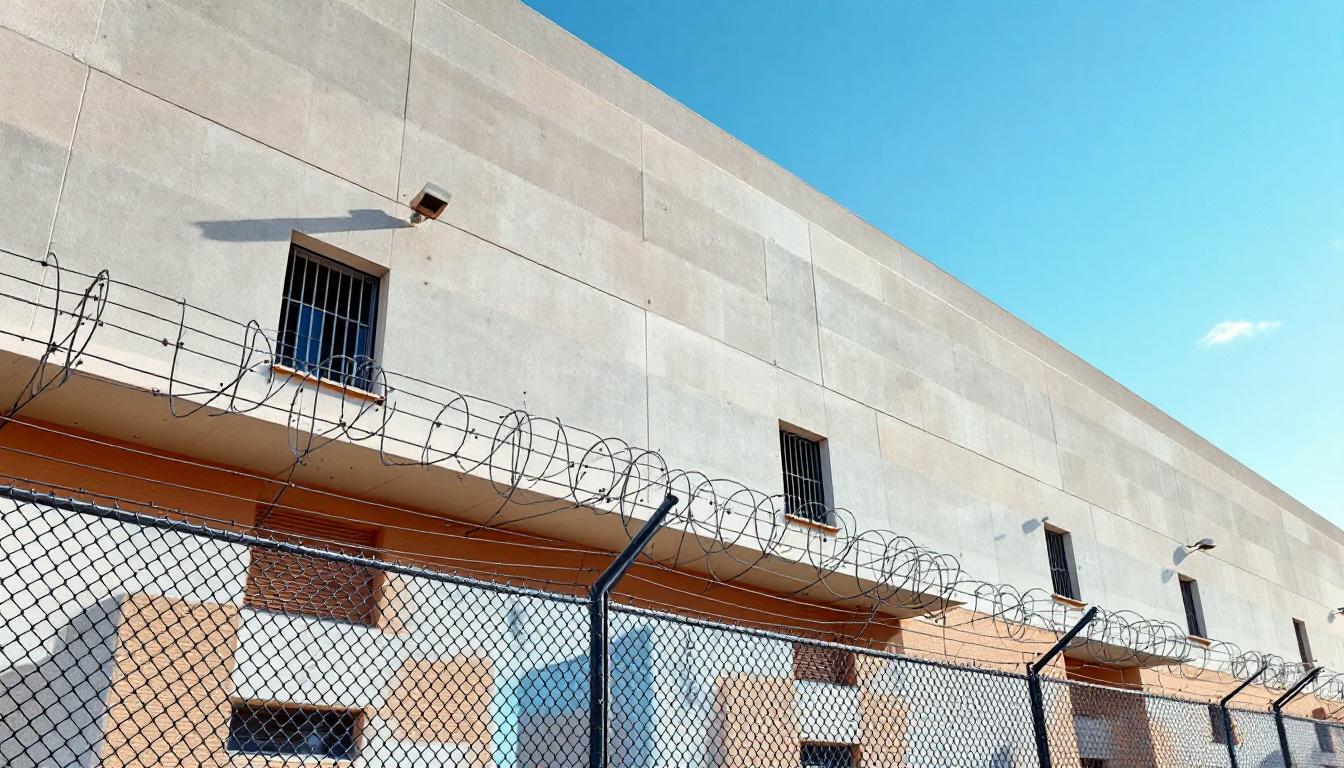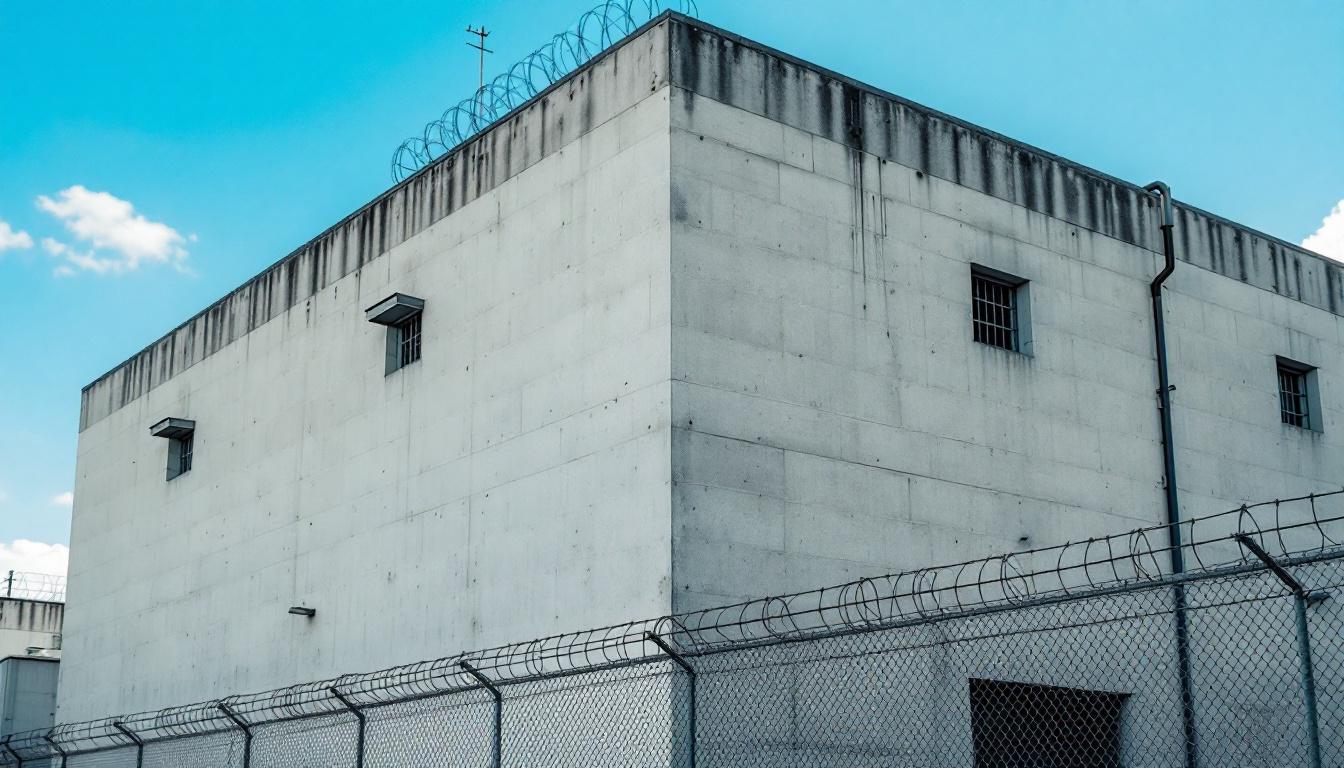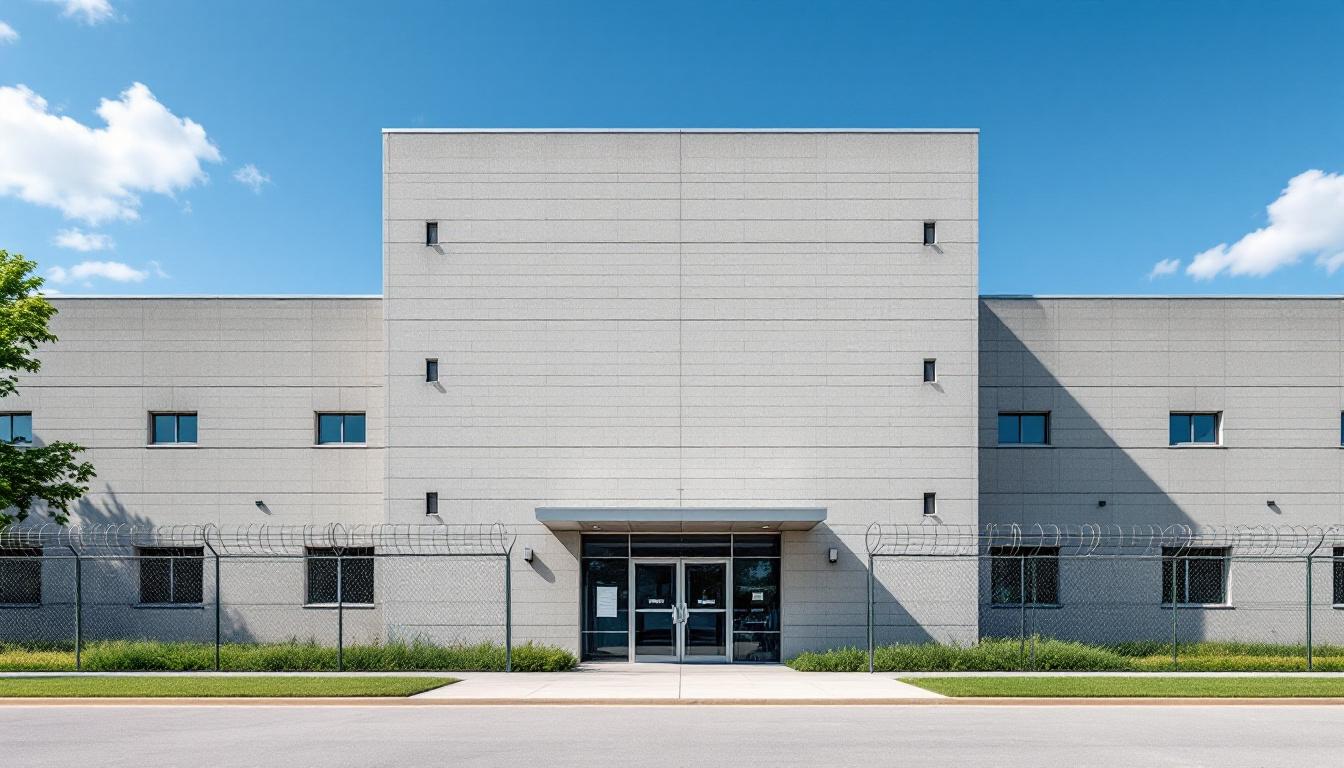
Quick Navigation
How to contact an inmate at Lovelock Correctional Center
This comprehensive guide will walk you through how to connect with an inmate at Lovelock Correctional Center. Follow the steps below to find an inmate and send letters and photos:
- Search for the inmate using our search tool below
- Create your account or log in to Penmate
- Write your message (up to 6,000 characters)
- Send instantly - inmates receive printed copies daily
Find an Inmate
Search for an inmate to start communicating today
Tip: You can search by first name, last name, or inmate ID number
To contact a person at Lovelock Correctional Center start by searching for the person on the official facility website. Perform a search by following these steps:
- Step 1: Enter their first name and last name into the search form and click "Search"
- Step 2: Locate their inmate record
- Step 3: Write down their Inmate ID and any housing information provided
Important! Be sure to enter the person's full name. Nicknames should not be used.
How to Send Messages to Inmates

You can use your phone or computer to send emails, letters, and photos to an inmate. Messages are sent electronically to inmate tablets or kiosks at the facility. If you would like to send a message, start by searching for an inmate at Lovelock Correctional Center.
Sending Photos and Postcards

A great way to send love and support to a loved one at Lovelock Correctional Center is to send photos and postcards. It only takes a few minutes to send photos from your phone and it makes a huge difference. You can also mail postcards with words of support and inspiration, or design your own postcard for special moments like birthdays and holidays.
Important! Be sure not to send any explicit photos or they may not be approved by the facility. You can also use a photo printing app like Penmate to make sure your photos are printed at the correct size (4x6 or 3x5) and are mailed according to the rules and regulations of Lovelock Correctional Center.
Frequently asked questions about Lovelock Correctional Center
-
How long does it take to deliver a message?
If you're sending an email message your letter is usually delivered within 24-48 hours. For messages sent via mail you should expect delivery within 3-7 days. All messages will need be approved by Lovelock Correctional Center.
-
How much does it cost to send a message to Lovelock Correctional Center?
You can send a message free using your phone or mail a message via USPS for the price of a $0.60 stamp and envelope. You can also purchase credits or e-stamps from services starting at $1.99.
-
What services can I use to contact an inmate at Lovelock Correctional Center?
Penmate
You can use Penmate to send letters and photos to an inmate from your phone. It's an easy way to stay in touch during your loved one's incarceration. Use the inmate locator to find an inmate's location and contact information, then you can send messages within a few minutes.
Securus messaging
Securus may be another option for communicating with an inmate at Lovelock Correctional Center. You can create a friends and family account and purchase credits to send messages. All messages will be reviewed and must be approved by the facility.
JPay
Some county jails and state prisons may support sending messages with JPay. You must register an account with the system, find your loved one, and purchase stamps to send messages. For some locations you can also attach photos.
Smart Jail Mail
You may also check if Smart Jail Mail is available at Lovelock Correctional Center. Smart Jail Mail is operated by Smart Communications and has contracted with some state and county jails. After purchasing credits, your messages and photos are sent to the facility, printed out, and then handed out to your loved one.
-
What is the mailing address of Lovelock Correctional Center?
Mailing address:
Lovelock Correctional Center
1200 Prison Rd
Lovelock, NV 89419
Phone: (775) 977-5350Business hours:
- Monday: Open 24 hours
- Tuesday: Open 24 hours
- Wednesday: Open 24 hours
- Thursday: Open 24 hours
- Friday: Open 24 hours
- Saturday: Open 24 hours
- Sunday: Open 24 hours
-
What are the visiting hours at Lovelock Correctional Center?
Visiting hours at Lovelock Correctional Center vary by housing unit and security level. Generally, visits are scheduled on weekends and holidays, with some facilities offering weekday visits. Contact the facility directly at (775) 977-5350 or check their website for the current visiting schedule. Visits typically last 30-60 minutes and must be scheduled in advance.
-
What items are prohibited when sending mail to Lovelock Correctional Center?
Prohibited items typically include: cash, personal checks, stamps, stickers, glitter, glue, tape, staples, paperclips, polaroid photos, musical or blank greeting cards, hardcover books, magazines with staples, and any items containing metal or electronics. Only send letters on plain white paper with blue or black ink. Photos must be printed on regular photo paper (no Polaroids). Always check with Lovelock Correctional Center for their specific mail policies.
-
How do I send money to an inmate at Lovelock Correctional Center?
You can send money to an inmate at Lovelock Correctional Center through several methods: 1) Online using JPay, Access Corrections, or the facility's approved vendor, 2) Money orders mailed directly to the facility with the inmate's name and ID number, 3) Kiosks located in the facility lobby, or 4) Over the phone using a credit or debit card. Fees vary by method, typically ranging from $2.95 to $11.95 per transaction.
-
Can I schedule a video visit with an inmate at Lovelock Correctional Center?
Many facilities now offer video visitation as an alternative to in-person visits. At Lovelock Correctional Center, video visits may be available through services like Penmate, Securus Video Connect, GTL, or ICSolutions. Video visits typically cost $10-20 for 20-30 minutes and must be scheduled in advance. You'll need a computer or smartphone with a camera and reliable internet connection. Contact the facility for their specific video visitation policies and approved vendors.
-
What identification do I need to visit an inmate at Lovelock Correctional Center?
All visitors must present valid government-issued photo identification such as a driver's license, state ID, passport, or military ID. Minors must be accompanied by a parent or legal guardian who can provide the minor's birth certificate. Some facilities require visitors to be on the inmate's approved visitation list, which may require a background check. Contact Lovelock Correctional Center for specific ID requirements and visitor approval procedures.
-
How can I find out an inmate's release date?
To find an inmate's release date at Lovelock Correctional Center, you can: 1) Use the online inmate search tool if available, 2) Call the facility's records department, 3) Contact the inmate's case manager or counselor, or 4) Have the inmate provide this information during a call or visit. For privacy reasons, some facilities only release this information to immediate family members.
Facility Overview
Contact Information
Lovelock Correctional Center1200 Prison Rd
Lovelock, NV 89419
Phone: (775) 977-5350
Official Website
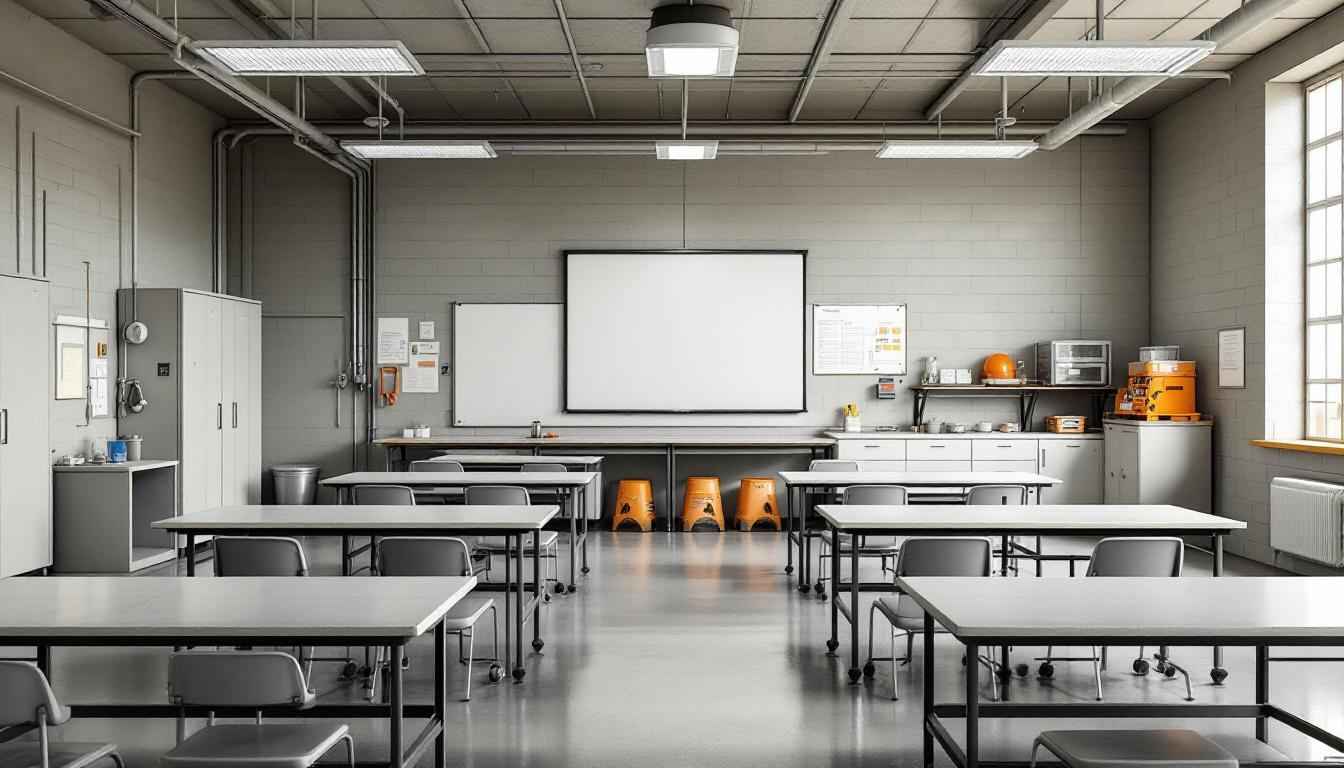
About Lovelock Correctional Center
Serving the broader Nevada correctional system while maintaining deep connections to the rural community of Lovelock, LOVELOCK CORR. CENTER, NV operates as an integral component of the state's comprehensive approach to corrections and rehabilitation. This NV correctional facility typically provides essential housing and programming services that align with Nevada's systemic goals of public safety, accountability, and successful reintegration. Located in Pershing County amid the high desert landscape of north-central Nevada, the facility generally maintains operations that support both immediate correctional needs and longer-term community safety objectives.
The center's approach to inmates services typically encompasses educational opportunities, vocational training programs, and behavioral interventions designed to address the underlying factors that contribute to criminal behavior. Within Nevada's correctional framework, facilities like this one often provide structured environments where individuals may access mental health support, substance abuse treatment, and life skills development. The correctional facility generally operates various programs that may include library services, recreational activities, and work assignments that help maintain facility operations while developing practical skills. These comprehensive services typically support the state's broader rehabilitation goals while ensuring secure custody and public protection.
Geographic isolation in the mountain region often presents both challenges and opportunities for correctional operations, as rural facilities like those in Lovelock may offer quieter environments conducive to reflection and personal growth while maintaining necessary security protocols. The facility's integration with state correctional goals typically includes preparation for eventual community reentry, with programming that may address employment readiness, family reunification support, and community connections that become vital upon release.
Programs & Services
Personal growth and skill development form the cornerstone of rehabilitation services at Lovelock Correctional Center, where inmates have access to comprehensive programming designed to address both immediate needs and long-term reentry success. The facility typically emphasizes a holistic approach that combines practical skill-building with therapeutic intervention, recognizing that meaningful change often requires addressing multiple aspects of an individual's circumstances. This integrated service delivery model may provide inmates with opportunities to develop both technical competencies and personal coping strategies that support successful community reintegration.
Educational services often include basic literacy instruction, GED preparation, and continuing education opportunities that help inmates build foundational academic skills. Also, vocational programs may offer specialized training in areas such as small engine repair, providing hands-on experience with equipment maintenance and mechanical systems. These practical training opportunities typically focus on developing marketable skills that align with employment demands in Nevada communities, while educational services work to strengthen the cognitive abilities necessary for workplace success and personal advancement.
Support services at the facility may provide additional resources through expanded vocational programs that complement the technical training offerings. Also, therapeutic services typically include substance abuse treatment programs designed to address addiction issues that may have contributed to criminal behavior. Cognitive behavioral therapy services often focus on helping inmates develop healthier thought patterns and decision-making processes, while group and individual counseling sessions may provide ongoing emotional support throughout the rehabilitation process.
Daily Life & Visitation
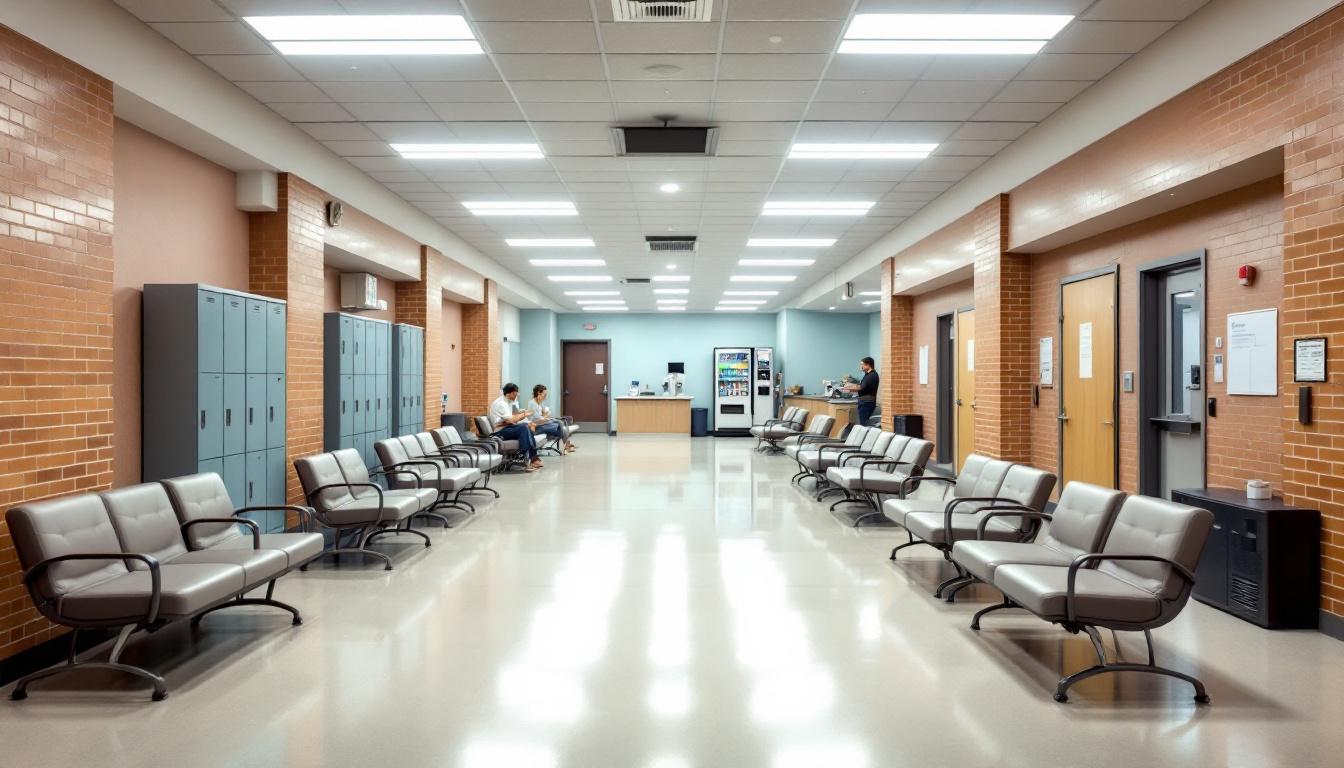
The concrete walls and steel doors of Lovelock Correctional Center create a structured environment where routine becomes the foundation of daily existence. Today, inmates consistently follow established schedules that begin early in the morning and extend through evening hours, with each day typically organized around meals, work assignments, and programming activities. The facility generally maintains clear expectations for behavior and participation in daily operations.
Housing units at the facility typically accommodate multiple inmates per cell or dormitory-style arrangements, depending on security classification and available space. Inmates usually adapt to shared living spaces by establishing personal routines and respecting boundaries within their assigned areas. Meals are generally served in designated dining areas at scheduled times, with inmates often developing familiarity with the menu rotation and dining procedures. Personal property is typically limited to approved items that can be stored in designated spaces within housing areas.
Also important to daily life are the various work assignments and structured programming schedules that provide inmates with opportunities to develop skills and maintain productive routines. Recreation periods may offer access to outdoor areas, gymnasium facilities, or common rooms where inmates can engage in physical activity or social interaction. However, visitation policies and communication options typically allow inmates to maintain connections with family members through scheduled visits, phone calls, and correspondence, which often serve as important sources of support and motivation for adapting to the correctional environment.
Ready to Connect?
Start communicating with your loved one today
Search for an Inmate
